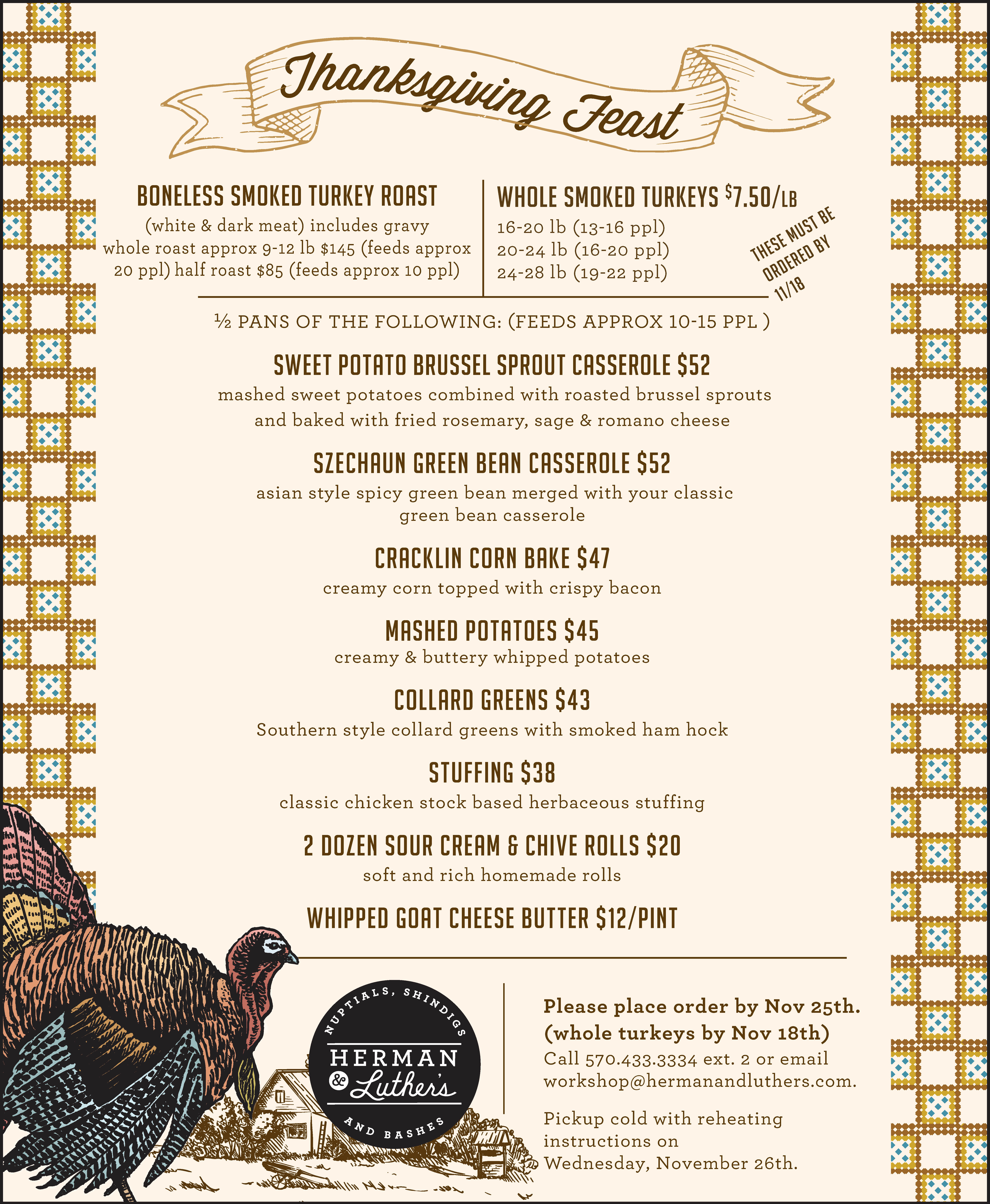I’d be the first to admit that I am not an avid bird watcher; don’t misunderstand, I enjoy seeing and identifying all the different birds, but I am not a serious, dedicated bird watcher like some people I know. While I may not keep a check-off list of the birds I spot each year, as a wildlife artist, I am on the lookout for potential subject matter, and songbirds, game birds, and birds of prey all make great painting subjects. Our vast assortment of birdlife is also highly sought after by those into nature photography, but I think it’s safe to say that most people enjoy having a variety of birds in their neighborhood, explaining the many birdfeeders evident in backyards.
Of course, as spring moves in, our bird population here in central Pennsylvania begins to increase. I’m sure many have spotted the numerous flocks of snow geese that are frequently passing overhead or turning a nearby field white. Another sign that spring is finally on the way is the sighting of the first robin. I spotted my first robin a couple of weeks ago perched in a spruce tree, and several of my friends have told me they, too, have been seeing robins. It’s interesting to note that while we are on the lookout for the spring arrivals, some birds, like the Great Horned Owl and the Bald Eagle, which thrive here all winter, may already be hatching eggs.
Those who have kept their birdfeeders full all winter have likely been watching cardinals, Juncos, chickadees, nuthatches, House Finches, maybe some woodpeckers, and undoubtedly some crows. As we move into spring, we will be on the lookout for our first sighting of bluebirds and, eventually, our first hummingbird. Another sure sign that spring has finally arrived is your first sighting of a Baltimore oriole. My daughter-in-law seems to have great success in attracting the orioles with sliced oranges out on the back deck. We have tried the same offering, but with very little success, however, I’m sure the “oriole competition” will take place again this year.
I probably don’t have to tell you, but birdfeeders don’t just feed birds. I haven’t had birdfeeders up for a while now because the bears pulled them down and hauled them off to the woods. I’m going to try to rig some up high enough and far enough away from trees to prevent the bears from getting at them. Another frequent and probably unwelcomed visitor to your feeder is a squirrel, or maybe I should say squirrels. Supposedly, they make “squirrel-proof” feeders, but they don’t always work. I recently read something that sounds like it will help prevent squirrels from getting to your feeders. Stretching a thin, taut wire between two points and then suspending your feeder from the stretched wire is a good start. Now I know that squirrels can run across fairly thin wires with great ease, but you can go a step further to prevent that. Cut the ends off some 35mm film canisters and place them on the wire at various intervals; the spinning canister does not allow the squirrel to get a grip. If 35mm canisters are not available, try using pieces of garden hose or plastic soda bottles; the idea is to create a wide enough obstacle that the squirrel is unable to walk or jump while running the wire.
Well, I’m sure we’ll all be watching for the birds of summer to arrive, and if you have a squirrel problem, maybe you can even spin a squirrel or two on a tight line.



